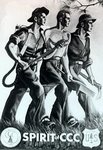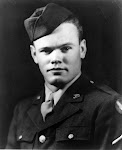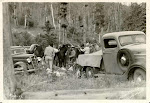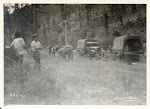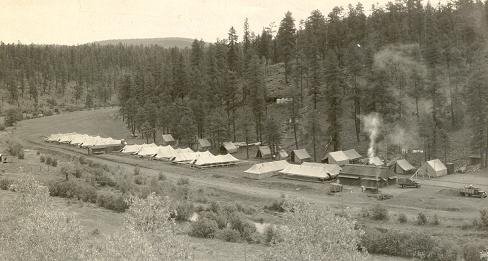
Speakman comes by his interest in the CCC naturally – like many of us his father gained from the program as a young man and the stories told seem to have ignited the fire of interest. That said, Speakman has gone into the task of scholarship with his eyes open and he seems to have remained so to the end. The result is a study of the CCC that is both interesting and informative without a whiff of an agenda.
With this seemingly inconsequential statement, Speakman sets up something of an overarching metaphor for his entire account of the work of the CCC in Pennsylvania. Specifically this: that while we may often gravitate toward the positive and uplifting aspects of the CCC, there are underlying truths that remain unpleasant at times. The CCC did not offer the same opportunities to young men of all races. The CCC occasionally squandered resources. The CCC did attempt to be too many things to too many people over the course of its lifetime. Speakman has done a terrific job of documenting these shortcomings, while avoiding the trap of revisionist polemics.
At Work In Penn’s Woods is well documented with a substantial list of sources and notes. Speakman makes a point of apologizing early on for his use of statistical data, but he weaves the statistical material so seamlessly through the narrative that it easily becomes another useful part of the story. This book will easily find a place in the canon of CCC literature and should be on the reading list of anyone who is interested in the New Deal or the CCC.
To visit the Pennsylvania University Press web page for At Work in Penn’s Woods, go here:
